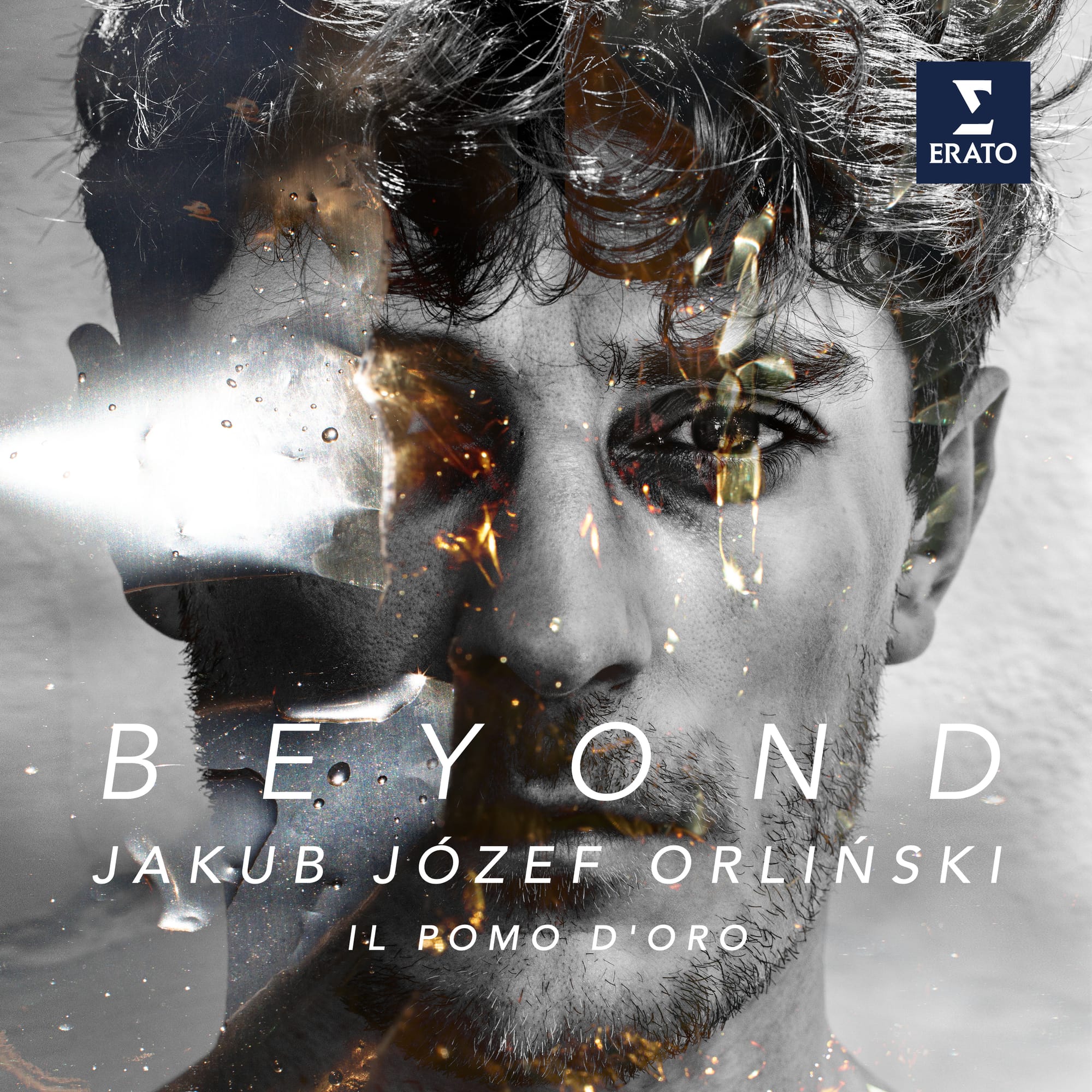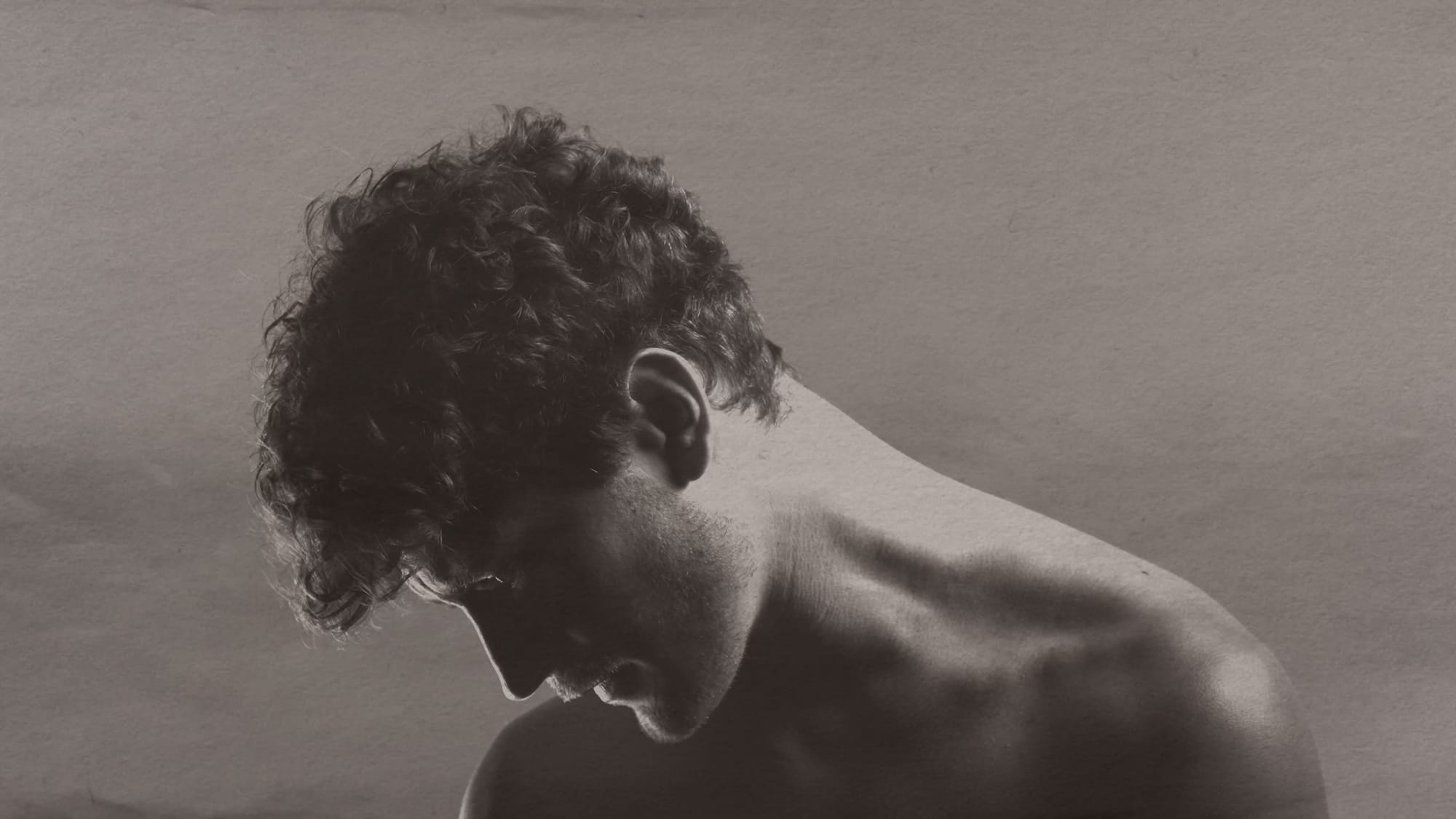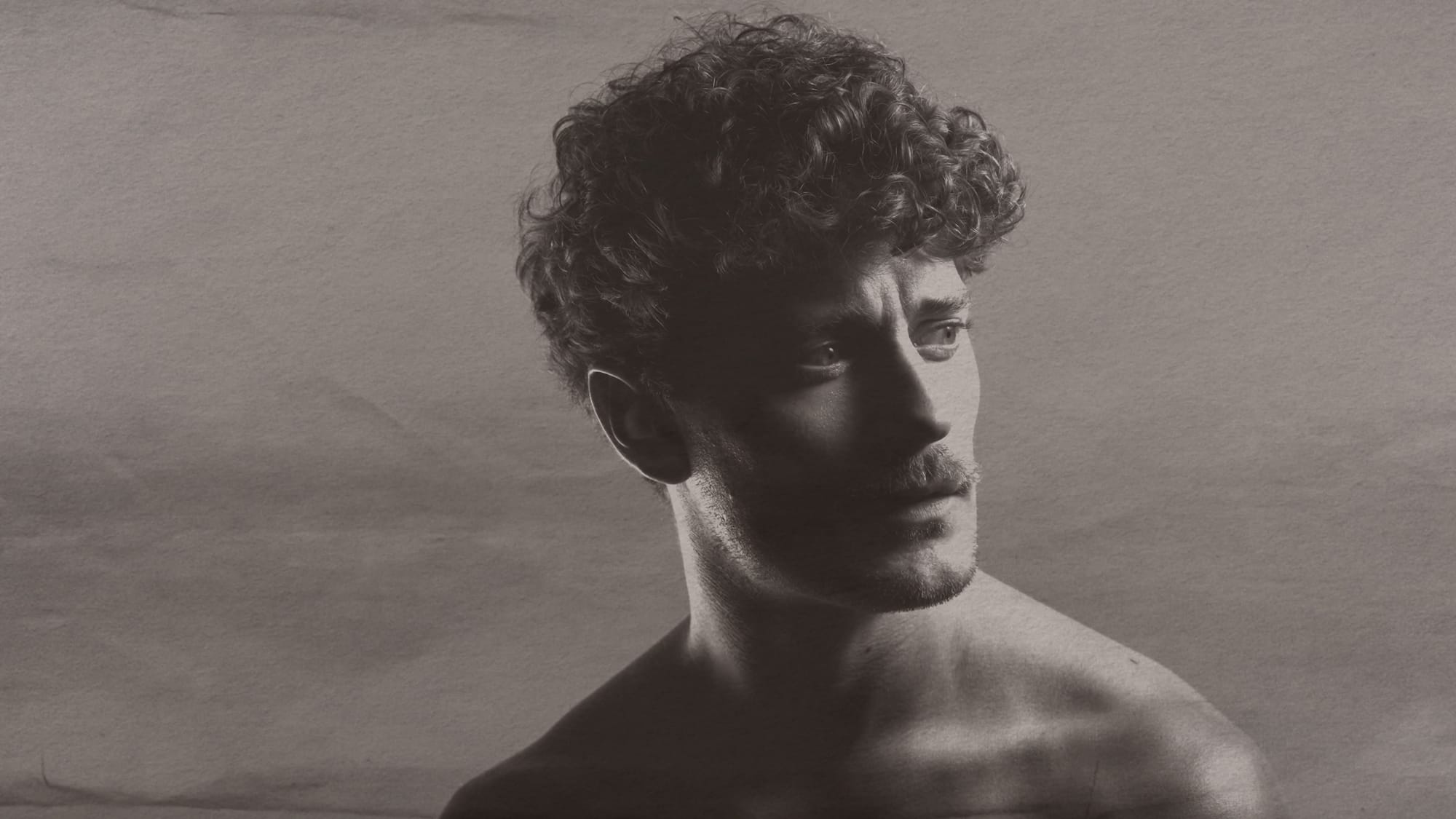Beyond: Jakub Józef Orliński

This is Jakub Jósef Orliński's sixth album for Erato, and his post follows on from Classical Explorer's recent musings on Orliński's Gluck Orfeo, The group is once more Il Pomo d'Oro.
So, why “Beyond”? Orliński answers himself:
We are going to take you on a journey which will really fly you off to some new places, beyond the places you know,” says countertenor, Jakub Józef Orliński. “With this album and this very specifically selected programme, I want to focus on the general meaning of word ‘beyond’.
Also, he intends ...
to show people that this music is beyond its times. It is still relevant, it is still alive, vibrant, touching, engaging and entertaining ... But the aim is also to go beyond the frame of a classical music concert ...
Orliński's exploration of couter-tenor repertoire offers up a whole new world of composers, some of whom appear on this disc But he starts from familiar territory:Monteverdi, specifically Ottone's “E pur io torno qui” (And ye I come back here) from act one scene one
This is Ottone's entrance aria: he turns up at the villa of his beloved, Poppe. But the Emperor's guards are present - which means the Emperor is inside with her. He sings of his despair (the original language text are given in the booklet but not translations: you can find the translated text here).
If you're wondering wha Orliński would be like in the closing number of Poppea, here he is with Lea Désandre and Les Arts Florissants under William Christie at the wonderful Aix-en-Provence Easer Festival in 2021.
The feel of the Monteverdi song that follows (probably written after 1630) is completely different: Voglio di vita uscir (SV 337). There are two versions of this song, Florentine and Neapolitan (the notes do not state which, and I suspect this is the Florentine source, An unrequited lover pines for death: the final few lines are truly touching here. This is for voice and continuo, but members of Il Pomod'Oro provides quite a robust contribution here. Orliński is bracing in extremis, especially the compared to Emma Krikby and Anthony Rooley on Hyperion (kindly, thank,s YouTube - with score):
Lots of this album comprises music from the Early Baroque. Full nine arias receive their world premiere recordings here, music unearthed with teh help of musicologist Yannis François.
Johannes Hieonymous Kapsberger (1580-1651) is not to be confused with Giovanni Giralmo Kapsberger and has cropped up a couple of times on Classical Explorer previously (on Helen Charlston's wonderful Battle Cry. She Speaks Delphian disc, and also as part of this year's Itinéraire Baroque. Here we have a piece from the 1640 publication Intavolatura di chitarone, Libro 4 played by Miguel Rincón as the perfect interlude.
Wonderful to have a song by the early Baroque compsoer Giulio Caccini (1551-1618). This is a famous song, and Orliński (with theory) is mesmeric. Here's a video of a live performance he gave, to supplement your experience on this disc, at the OPUS KLASSIK gala in 2023:
An “Aria di passacaglia” follows from Frescobaldi: Così mi disprezzate? published in 1630 as part of that composer's Primo libro d'arie musicali per cantarsi. Animated, exciting, it leads to a piece by Barbara Strozzi, who's genius has still to be fully recognised: her L'amante consolato from her Op. 2. You might consider this all-Strozzi disc from a previous post, also.
Almost as rare is an excerpt, all too brief, for Cavalli's opera Pompeo Magna, “Imcomprensibili nume”:
It is Johann Caspar Kerll (1627-1693) who provides th linking instrumental this time, an intensely florid Sonata for two violins ad continuo in F-Major (Alfia Bakleva and Jonathan Ponet, two absolutely equal players).

To mov to teh world of Claudio Saracini (1586-1630) is to move into star territory: the opening of his Udite, lagrimosi spirit d'aversa (La second music, Venice, 1620) is initially to move to dark Baroque of the ending of Purcell's Dido (it seems to link in Affekt to “Thy hand, Belinda ...”. Seracini is best known for his monodic church music, usually just as a reference in textbooks (Grout in his Music in the Baroque Era does speak glowingly, if very briefly, of him though). This seems to be a pointer to further exploration as well as an integral part of the recital's journey:
A four-movement Sinfonia by Carlo Pallavicini follows, dramatic, ending with a poignant Adagio:
There is a lot of fun to be had in a tarantella by Pietro Paolo Cappellini's Chi viol chi's cor giocosa, but the core of the recital hits with music by Giovanni Cesare Netti (1649-86), who was born in the southern Italian region of Puglia in 1649 and trained as a musician in Naples, where he made his career and died in 1686 François says of the music here:
I found his manuscripts by chance as I was doing my research and I was struck by the beauty of his compositions. The variety in his scenes is incredible,Sometimes, within a single scene, a character will be given a sequence of several recitatives and several arias which have totally different textures and colours in the orchestra –as can be heard here in Berillo’s scene from Netti’s opera “La Filli” (also known as “La moglie del fratello”).” The scene, making its first appearance on a recording, embraces three arias.
Here we have Act II scene 9, beginning with the astonishing sounds and truly lachrymose lines of “Miseo core”. Netti twists the harmonic knife a few times here, too:
There are two arias here, separated by a Recitative e aria and a Recitative: Orliński is remarkably expressive throughout, but perhaps it is in the florid lines of “Dolcissime cazone” that Orliński and Il Pomo d'Oro succeed best:
Indeed, there is a more tracks by Netti, an aria from Crinalba, full of joy (if short in duration) and the remarkable “Son vecchiam pazrienza” from L'Adamiro. The sparse accompaniment only em[hasiss the emotions (“pietà, pietà,” Orliński sings).
The Venetian composer Antonio Sartorio (1630-80) expanded on the works of Cavalli. His “” from Antonino e Pompeiano offers the most mazing harmonic sequence. It opens with an extended instrumental before lots of call-and-response between voice and strings undefined by vivacious guitar strumming:
After a positively joyous instrumental interlude (La vecchia innamorata by Biagio Marini), music by Giuseppe Antonio Bernabbi (1649-1732). “A battaglia, su, mio coro” (Eugerio's aria from the opera Il segreto d'amore in petto del Savio). This military aria is replete with trumpet fanfares and challenges the singer in its unending runs, a moment of brightness for the recital, the mood prolonged by a n instrumental Tamburetta by Adam Jarzebski (c 1590-1649). Here's the Marini:
A cantata by Giovanni Battista Vitali (1632-92), Donde avvien che tutt’ebro di vera gioia, next. Written to celebrate the coronation of Maria Bearice d'Este (Maria of Modena), a princess who became Queen Consort of England in 1685. Flamboyanty virtuoso, the music looks forward to teh High Baroque. Here's teh aria, “Nell'anglia sede, vassillo di fede”:
The penultimate movement, a recitative, offers some sense of calm (if only for 22 seconds) before the fascinating “Se nunzia feel con tromp sonante”.But there are no brass instruments in teh scoring, so the fanfare moments come in the voice part, the overall piece proud and jubilatory:
The surprise of Carlo Francesco Pollarolo is in the use of harpsichord. Sudden flourishes, ornate and alive, contrast with the slower vocal line to fine effect. The aria is for voice and harpsichord alone, a fascinating dialogue. This is “Son tanto avvezzo a piangere” from La costanza gelosa negl'amori di Cefalo e Procri:
Finally, the only surviving score by Sebastiano Moratelli (1640-1706), a serenata entitled La faretra smarrita. We hear Amore's lament “Lungi dai nostri cor”. Amore is, not for the first or last time, misunderstood by.humankind:
A fabulous disc, valuable on a musicological level, but so satisfying on a musical one.

This amazing disc is available via Amazon.


